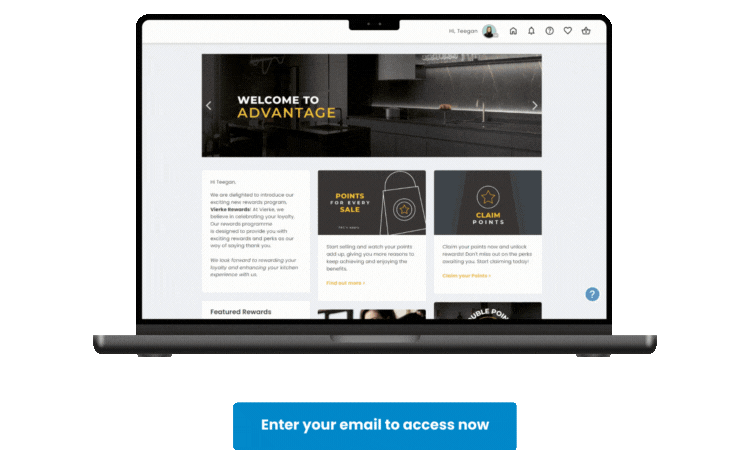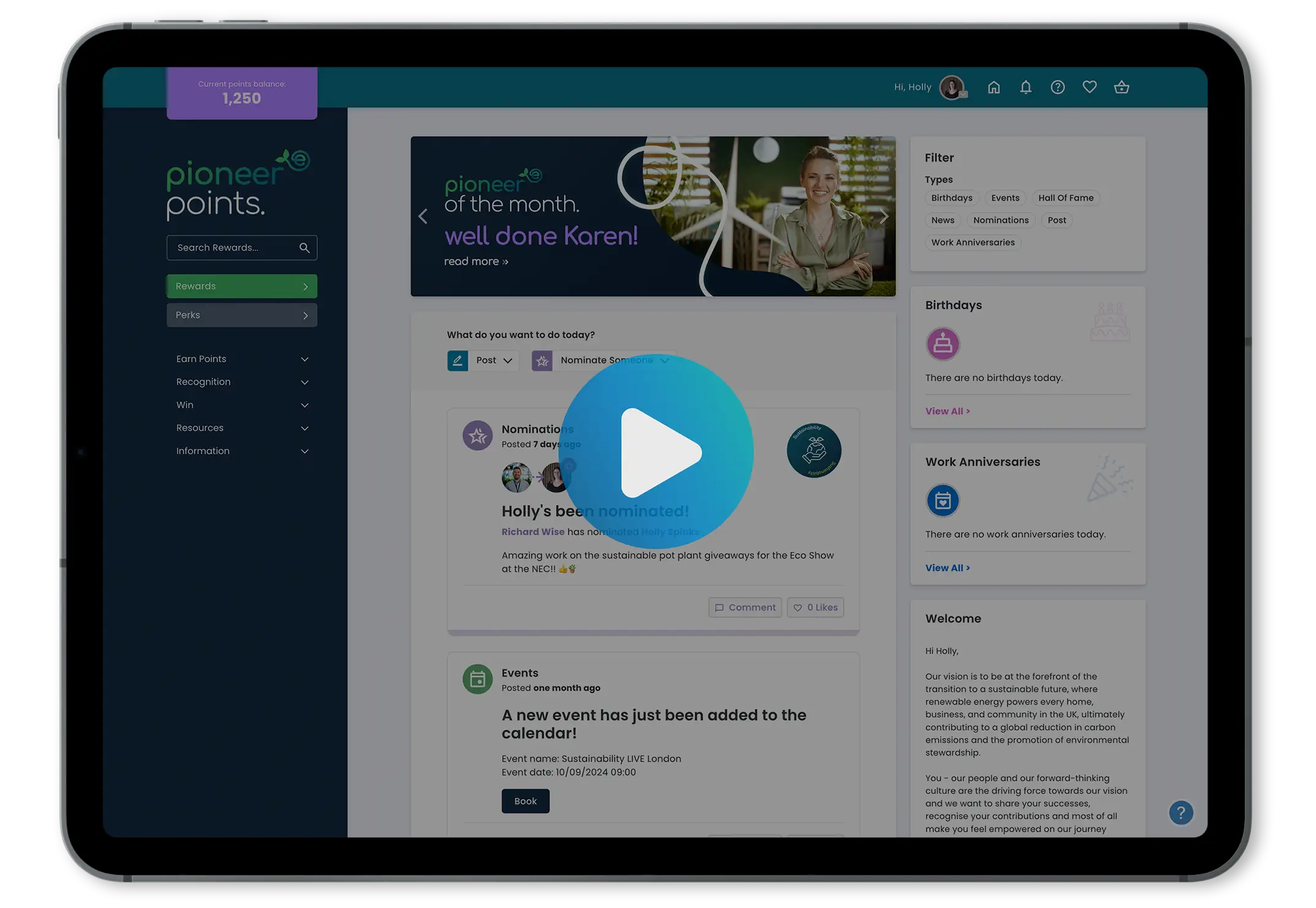


Remote working isn’t a new concept. In 2015, 4.2 million people in the UK were already regularly working from home. Many companies have adopted (or were considering) this model long before recent events. However, if the current global situation has pre-empted the transition into remote working for your business, you may be tackling some novel challenges.
To keep the ball rolling and ensure that your team stays as productive and motivated as they were onsite, it’s important to keep everyone actively connected.
As remote working becomes the default for thousands of businesses and employees right now, we’re here to support you by sharing the knowledge and experience we have when it comes to employee engagement. The same philosophies and practices apply to remote working; ensuring everyone feels appreciated and encouraged while working from home will go a long way to helping your team thrive and emerge out of the global crisis stronger than ever.
 Communication
Communication
Now, more than ever, communication really counts. Ensure that your team is linked up to the platforms and work comms tools that help to keep everyone in the loop.
Encourage employees to ask questions and pool ideas exactly as they would in face-to-face meetings. Using webcams is really helpful to establish a human connection; this is because many essential communication cues are lost in chat or emails. 50% of surveyed executives believe that video conferencing improves communication.
Set up regular meetings and one-to-one catch ups that keep the conversation going and encourage everyone to provide feedback on their remote working experience. By doing this, you’ll create a sense of community – an essential part of a healthy company culture.
 Create team rituals
Create team rituals
It’s easier to keep everyone engaged in work activities when there are rituals and patterns to the workday schedule. Although everyone may be operating from their home bubble, they are still part of the same company culture.
Whether it’s a morning greeting in the group chat – just like you would when meeting up by the office coffee machine – or having scheduled calls to discuss client delivery success stories, these little familiar acts help to keep the ebb and flow of the day going.
 Encourage employees to make the most of their time
Encourage employees to make the most of their time
The lines between work and home life may blur when your work lives at home. It’s important to help employees establish boundaries so that they don’t feel pressured to work in their downtime.
Ensure that lunch breaks are still being taken and that workers are allowed the flexibility to exercise and enjoy some sunshine – particularly when current restrictions allow for one daily exercise outing.
Research shows that 86% of people working from home experienced lower levels of stress. Although we find ourselves in exceptional circumstances, now is the time to promote healthy at-home work routines and encourage workers to take advantage of the opportunity to work at home.
It’s important to dispel any negative vibes and ensure that employees feel trusted to perform the job you’ve hired them to do – even though the setup may have changed. Taking this standpoint will motivate workers to keep producing the same excellent quality of work as they always have.
 Share regular company updates
Share regular company updates
Although your company may not be operating from a centralised hub at the moment, keeping everyone frequently informed with company updates is crucial.
It’s easy for employees to start feeling detached from an organisation when working remotely, especially since there is so much uncertainty economically and socially. By being transparent and honest with employees and taking a top-down approach to communication will help the team to stay connected and inspired by your company values.
These are the small, yet significant, things that will really matter to your employees right now and help to quash any rumours or misconceptions before they spiral out of control and affect your team’s ability to concentrate or perform optimally.
 Share recognition and achievements
Share recognition and achievements
Celebrating the little wins will help to keep everyone on target. Recognising the effort that your employees are making, particularly as they adjust to remote working, will encourage productivity and continued effort to perform.
If you had a reward strategy that worked well in an office environment, there’s no reason why the core goals of this plan cannot translate into a remote working model. Stripping away rewards and benefits that your employees enjoyed prior to the shift in operations may be discouraging and impact their morale negatively. Speak to Incentivesmart for ideas and advice on how you can maintain your reward and recognition programme and adjust to a remote working model.
 Make feedback easy
Make feedback easy
Feedback falls within your greater communication strategy for remote workers. Employees need to have direct contact with their manager and feel that support and guidance when issues arise is still available to them.
You can encourage routine feedback through purpose-built platforms or simply ensure that managers frequently check in with employees, read and respond to urgent emails, and make employees feel comfortable with approaching colleagues and leaders within the organisation electronically.
Set a precedent by asking your employees for feedback. Reiterate how important their thoughts and suggestions are. Back this up by acting on the information you receive and demonstrating that you value their input and are proactive about addressing their concerns.
 Consistency
Consistency
You need to establish what is sustainable for your business to implement and consistently uphold the policies and best practices you put into place.
The leaders in your company should come together to create effective processes based on experience and feedback. Once the framework is created, clearly communicate the expectations for the new working model and keep employees informed on how to gain access to support and guidance as and when it’s needed.
Of course, consistency can only be achieved when your workers are set up with the right hardware and software to perform their job. So, while you transition your teams into remote working, understand that, for many of your workers, this will be a new and challenging period in their career. Offer support and encouragement to reassure employees that, although they may be in a physical silo, they are still very much part of a team that still recognises and appreciates their hard work.
Taking these steps now will keep your workforce focussed on the goals and targets your organisation has, as well as encourage collaboration and creativity in tackling any new challenges.









